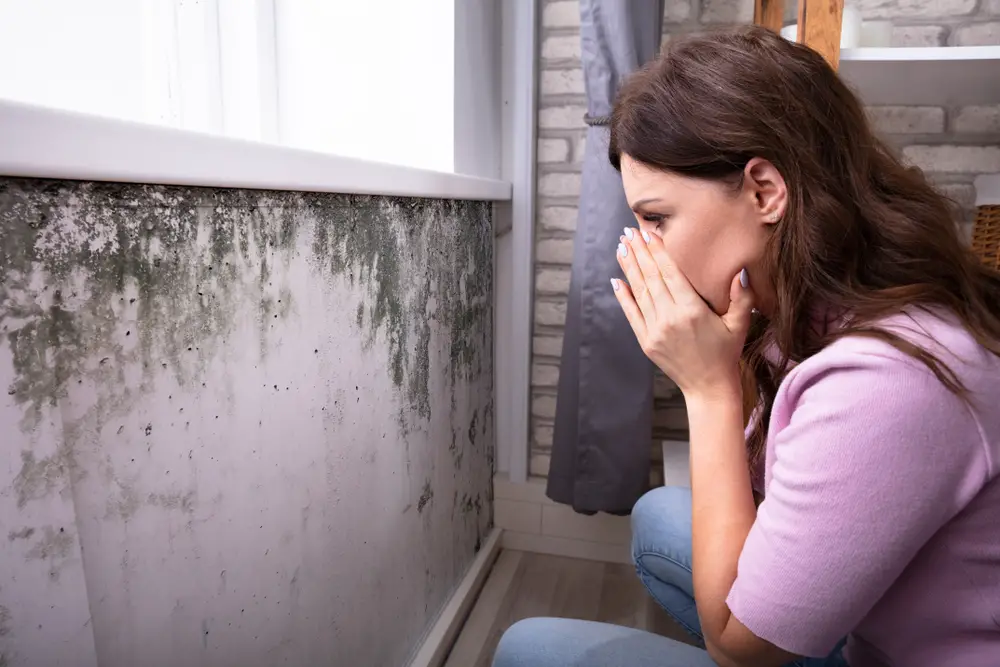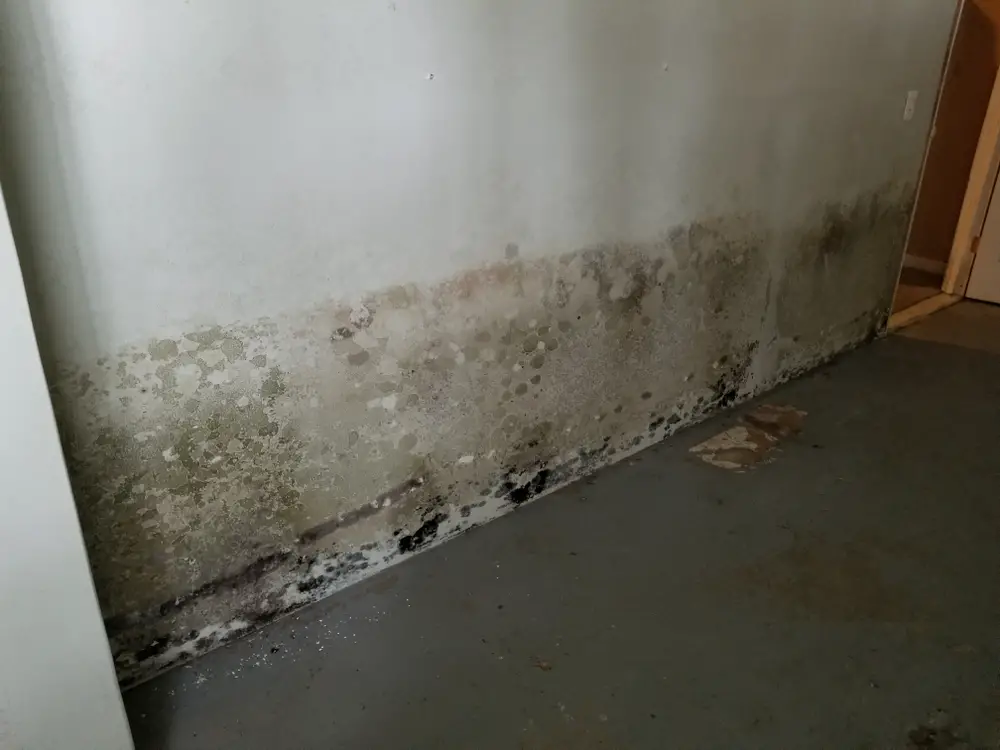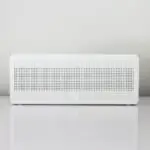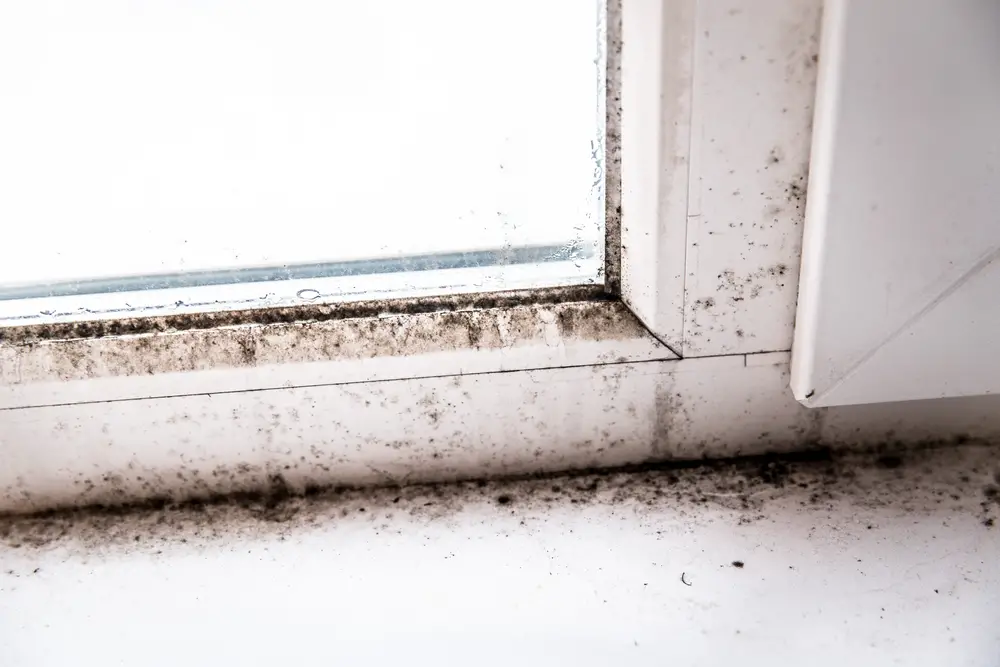When it comes to maintaining a healthy living environment, indoor air quality plays a crucial role. Unfortunately, one common problem that can significantly impact indoor air quality is mold growth. Mold is not only unsightly but can also have adverse effects on the air you breathe. In this blog, we will explore the ways in which mold can affect your indoor air quality and discuss the importance of addressing mold issues promptly.
What is Mold?
Mold is a type of fungus that thrives in damp, dark, and poorly ventilated areas. It reproduces by releasing tiny spores into the air, which can easily spread and settle on various surfaces. When mold spores are present in the indoor environment, they can have detrimental effects on the quality of the air you and your family breathe.
How does Mold Affect Indoor Air Quality?
One of the primary ways mold affects indoor air quality is through the release of airborne spores. Mold spores are small and lightweight, allowing them to become easily airborne. Once in the air, these spores can be inhaled and may trigger allergic reactions or respiratory issues, particularly in individuals with pre-existing sensitivities or compromised immune systems.
Inhaling mold spores can cause a range of symptoms, including coughing, sneezing, wheezing, nasal congestion, and throat irritation. Individuals with allergies or asthma may experience more severe reactions. Prolonged exposure to mold spores may also contribute to the development or worsening of respiratory conditions.
Moreover, mold releases volatile organic compounds (VOCs) into the air. These compounds can have a strong, musty odor and may cause eye, nose, and throat irritation, as well as headaches and dizziness in some individuals. The presence of mold and its associated odors can make the indoor air unpleasant and discomforting.

Mold and Other Health Problems
In addition to the direct effects on human health, mold can also lead to the degradation of indoor air quality by triggering or exacerbating other issues. For example, mold growth often occurs in areas with excessive moisture, which can create a breeding ground for other allergens such as dust mites. The combination of mold and other allergens can lead to a further decline in indoor air quality, increasing the risk of respiratory symptoms and discomfort.
How to Address Mold Issues for Healthy Indoor Air
To address mold-related issues and maintain a healthy indoor air quality, it is essential to take prompt action. Here are a few steps you can take:
Identify and Remediate Mold
Conduct regular inspections to identify any signs of mold growth, such as visible mold or musty odors. If mold is present, it is crucial to address the root cause of the moisture issue and remediate the mold effectively. This may involve hiring professional mold remediation services for severe cases.
Improve Ventilation
Proper ventilation plays a vital role in preventing mold growth and improving indoor air quality. Ensure that your home has adequate ventilation in areas prone to moisture, such as bathrooms and kitchens. Use exhaust fans or open windows to allow fresh air to circulate.
Control Moisture
Since mold thrives in damp environments, it is crucial to address any moisture-related issues promptly. Repair leaks, address water damage, and maintain appropriate humidity levels to prevent mold growth.
Clean and Purify the Air
Regularly clean and vacuum your home to remove dust, allergens, and any settled mold spores. Consider using air purifiers or filters to help remove airborne particles, including mold spores.
By addressing mold issues and taking steps to improve indoor air quality, you can create a healthier living environment for yourself and your family. Regular inspections, effective mold remediation, proper ventilation, and moisture control are key elements in maintaining good indoor air quality.

Can Mold Affect Your Indoor Air Quality?
In conclusion, mold can significantly impact your indoor air quality. The release of airborne mold spores and volatile organic compounds can lead to respiratory symptoms and allergies.









